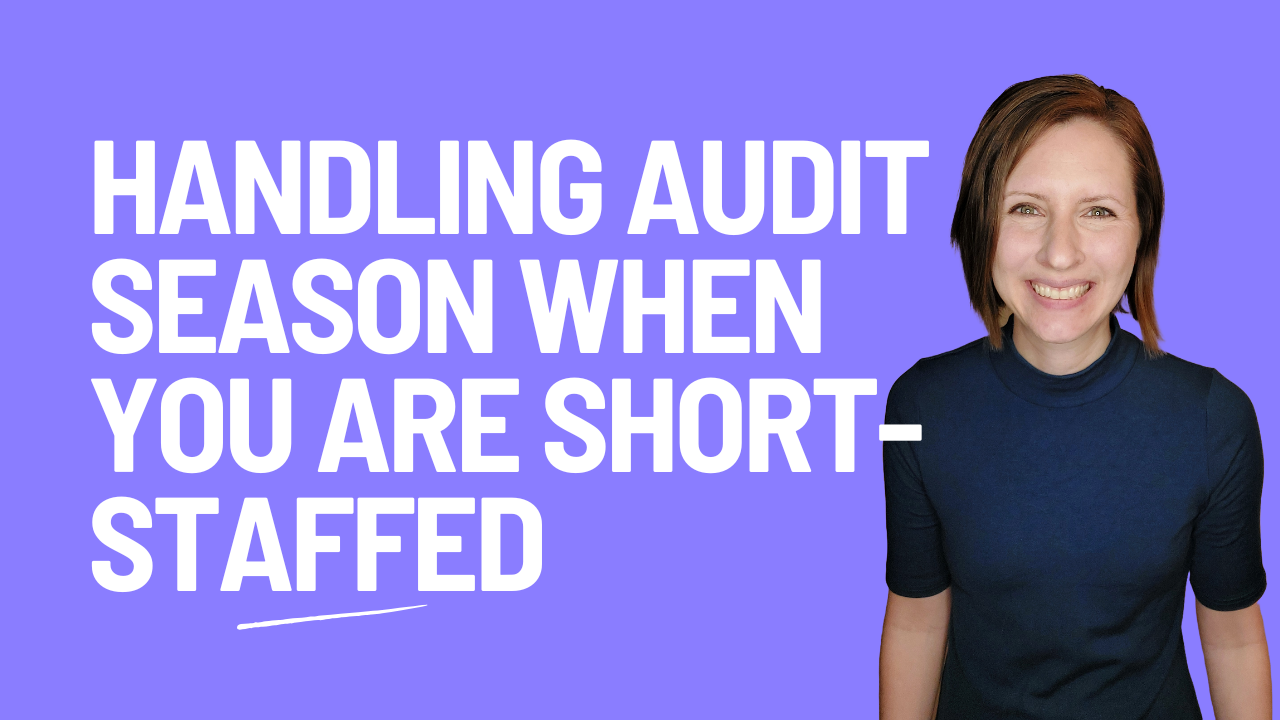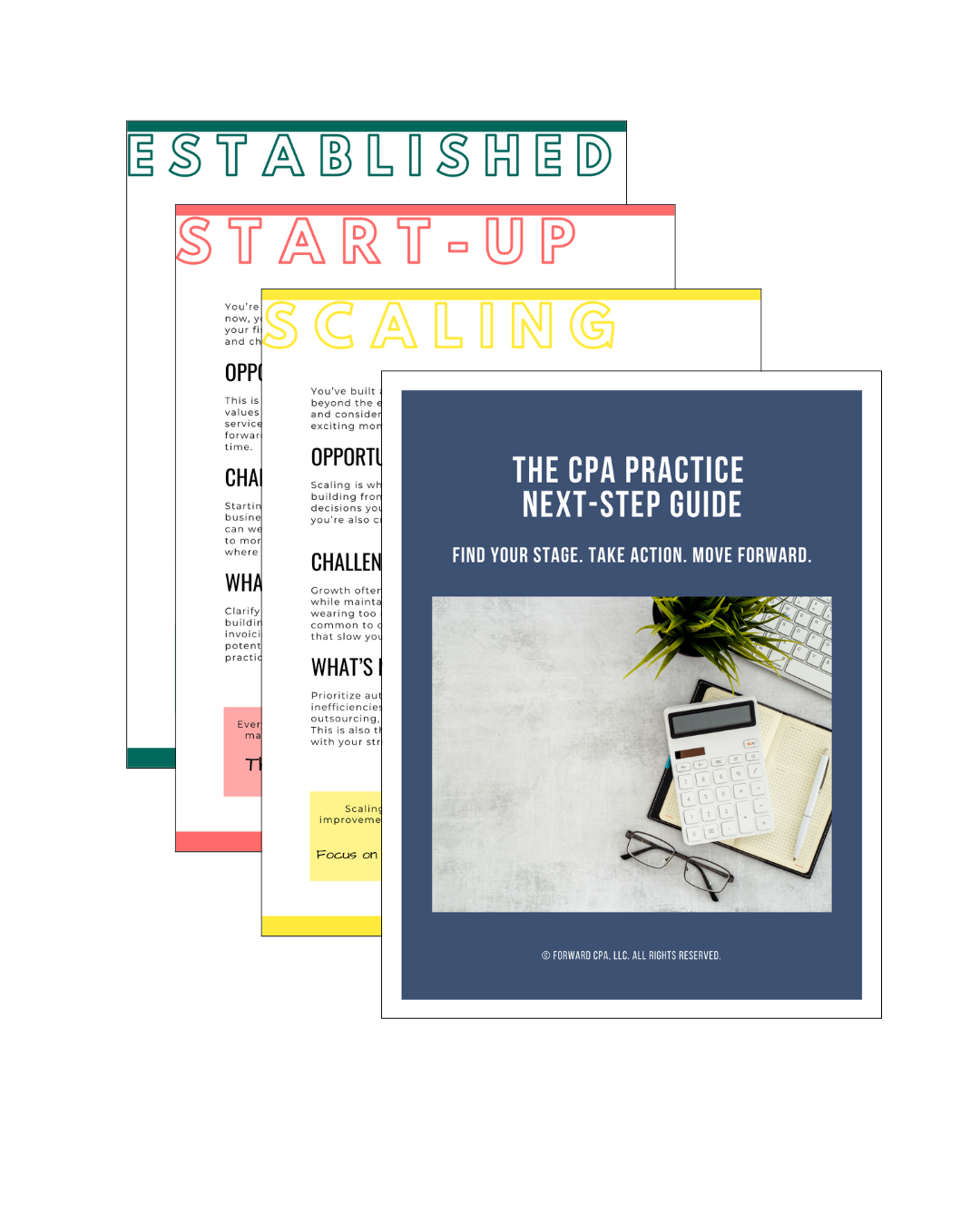When the Books Aren't Ready: How to Handle Mid-Audit Cleanup Professionally
Oct 15, 2025
You show up ready for fieldwork—team scheduled, files set up, audit programs ready to go.
But five minutes into testing, you realize something’s off.
The trial balance isn’t final.
The bank recs don’t tie.
Journal entries are missing—or worse, unposted.
You’re halfway into the audit, and now you’re facing something every auditor dreads: mid-audit cleanup.
It’s frustrating. It’s time-consuming. And it can feel like you’re the one doing the client’s accounting for them.
But it happens. Especially in smaller government entities where staff are stretched thin or turnover has disrupted normal workflows.
Here’s how to handle mid-audit cleanup professionally, efficiently, and with your sanity intact.
1. Pause and Reassess Scope and Timing
The first step is to stop the clock and re-evaluate: Are you working with reliable numbers?
If you can’t trust the trial balance or tie balances to documentation, continuing the audit puts your opinion—and your time—at risk.
✅ Do this:
-
Pause substantive testing
-
Hold a brief check-in with your team and the client
-
Clarify what’s missing, what’s incomplete, and what can move forward
This protects the audit timeline and gives you a chance to reset expectations.
2. Communicate with Clarity, Not Frustration
It’s easy to feel irritated—but professionalism matters. Focus on the facts, not your feelings.
✅ Say this:
“We’ve reviewed the trial balance and noted that several accounts are not yet reconciled, and some adjusting entries are still pending. Before we proceed with testing, we’ll need to work together to finalize those items.”
Be clear about what’s needed and why—but stay collaborative.
3. Document What’s Outstanding—and Who’s Responsible
Create a “cleanup list” that outlines:
-
Missing reconciliations
-
Unrecorded year-end entries
-
Items needing client explanation or revision
-
Questions that block your ability to proceed
Assign each item a status (e.g., client to provide, auditor follow-up) and set realistic timelines for completion. Share the list with your client so it becomes a joint accountability tool—not just your to-do list.
4. Determine Whether You Can Help—Within Independence Limits
In smaller entities, clients often look to auditors for guidance on how to fix entries or finalize statements.
You can help—but you need to stay compliant with Yellow Book independence standards.
✅ You can:
-
Provide templates or examples
-
Ask guiding questions
-
Highlight unreconciled balances or inconsistencies
-
Suggest how similar issues were handled in the past (objectively)
🚫 You can’t:
-
Make decisions for the client
-
Post entries directly (unless you've clearly documented safeguards and are allowed to do so under your firm’s policies)
When in doubt, keep documentation and role boundaries crystal clear.
5. Adjust Your Fee or Timeline If Needed
Cleanup work—especially when unplanned—has a real cost. If it adds significant time, don’t hesitate to discuss a revised fee or timeline with your client.
✅ Try this:
“We’re happy to help get the audit back on track. Because the additional work will increase time and staffing needs, we’d like to discuss a scope adjustment to reflect the cleanup support we’ll be providing.”
Most clients understand—especially if you communicate early and document the change.
6. Debrief and Prevent It Next Year
When the audit wraps, don’t just move on—capture what happened so it doesn’t happen again.
✅ After the audit:
-
Document the root causes of the cleanup
-
Update your pre-audit checklist to catch those issues earlier
-
Provide your client with a list of suggested off-season improvements
-
Consider offering a pre-close review service to support cleaner records next year
The goal isn’t just to fix the problems—it’s to build systems that keep them from repeating.
Handle Cleanup with Professionalism and Boundaries
Mid-audit cleanup isn’t fun. But it doesn’t have to derail your audit—or damage your client relationship.
✅ Stay calm
✅ Stay clear
✅ Stay professional
✅ Protect your independence
✅ Document everything
Because how you handle cleanup says as much about your firm as how you handle clean audits—and it’s an opportunity to build trust, set expectations, and improve the process for both sides.
Your Next Step Forward
Join the newsletter designed to help CPAs take the next best step in building a practice they love, with practical insights, game-changing tools, and quick wins in every email.
We hate SPAM. We will never sell your information, for any reason.




